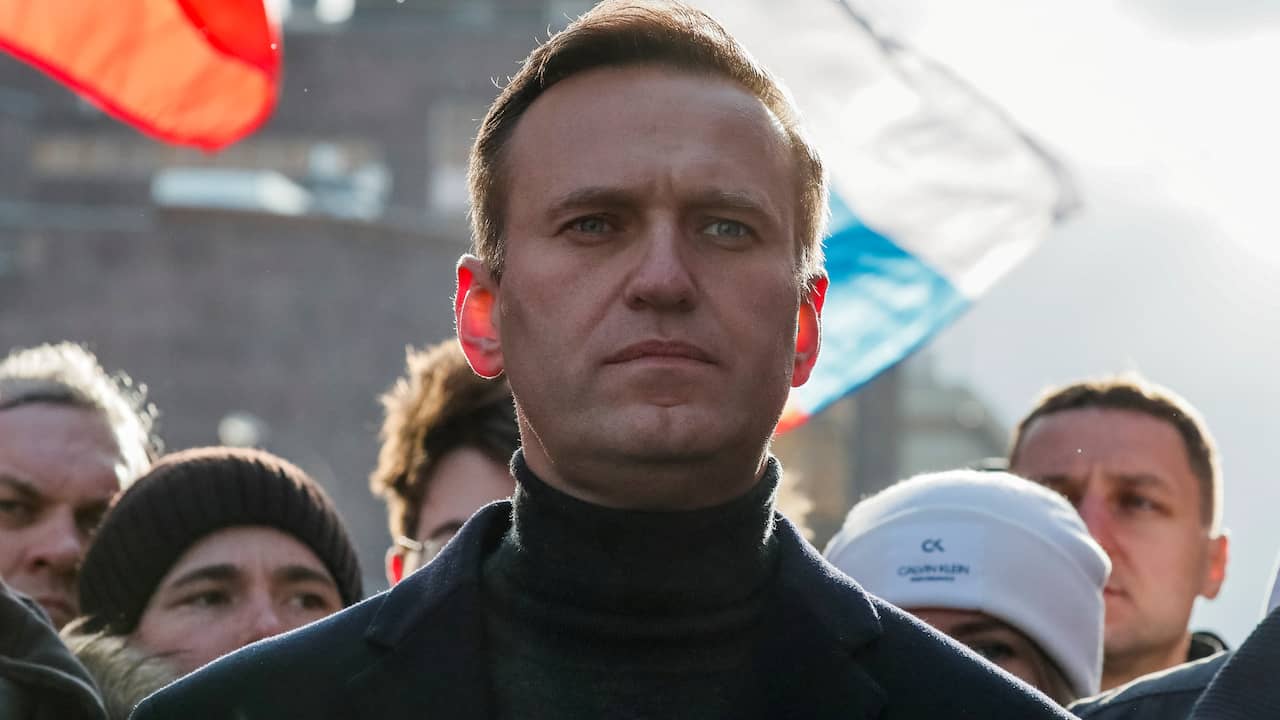The Russian secret service FSB is going through Bellingcat Associated with the poisoning of opposition leader Alexei Navalny. The research collective reports on Monday the identity of the people who would have been involved in the murder attempt.
Bellingcat reports after research in collaboration with The Insider, for which telephone and flight data were investigated, that Navalny has been pursued since 2017 by an FSB team specializing in toxic agents. In that year the politician announced that he wanted to become the new president.
The members then shadowed Navalny on his travels through Russia, following him on more than 30 flights. Attempts may have been made before to poison the leading critic of Russian President Vladimir Putin, the research collective said.
Bellingcat shares the identities of three people alleged to have been involved in the assassination attempt. These are Vladimir Panyaev (40) and the doctors Alexey Alexandrov (40) and Ivan Osipov (44). The trio is said to have been supported and escorted by at least five other FSB agents, some of whom also traveled to Omsk. That is the city where Navalny was hospitalized urgently because of the poisoning.
According to Bellingcat FSB agents communicated with each other during the trip, with sudden spikes in communication just before the poisoning and when the victim left his hotel room and was en route to the airport.
Navalny seriously ill from novichok poisoning
Navalny was poisoned with the nerve poison novichok in August. He fell seriously ill during a domestic flight, after which he had to be rushed to a hospital. A few days later he was taken to a hospital in Berlin, where the poisoning was finally diagnosed.
The 44-year-old politician and his supporters quickly declared that Putin was responsible for the assassination attempt. But that involvement has been denied by the Russian authorities since the beginning.
Navalny has left the hospital, but is still recovering from the poisoning. He still resides in Germany. According to Navalny, “the murder case has now been solved.”
– .

